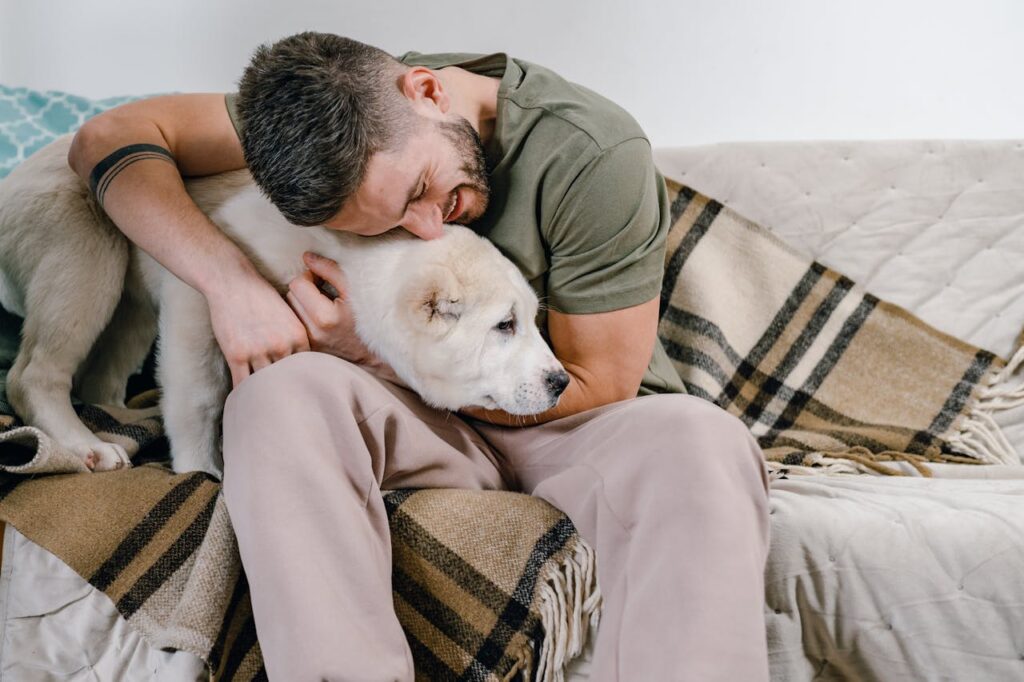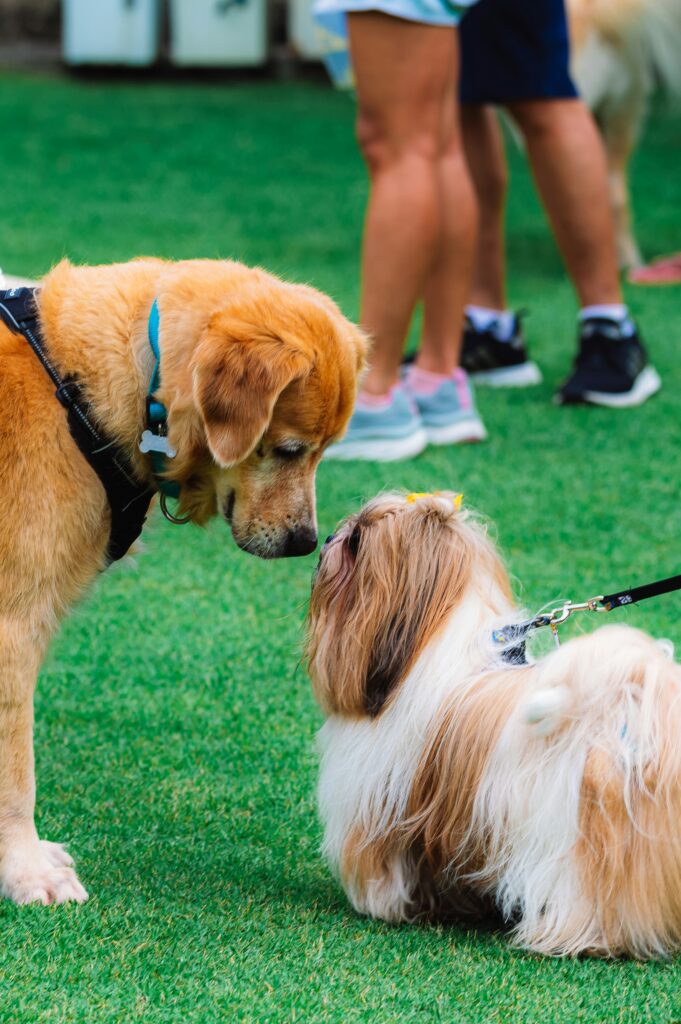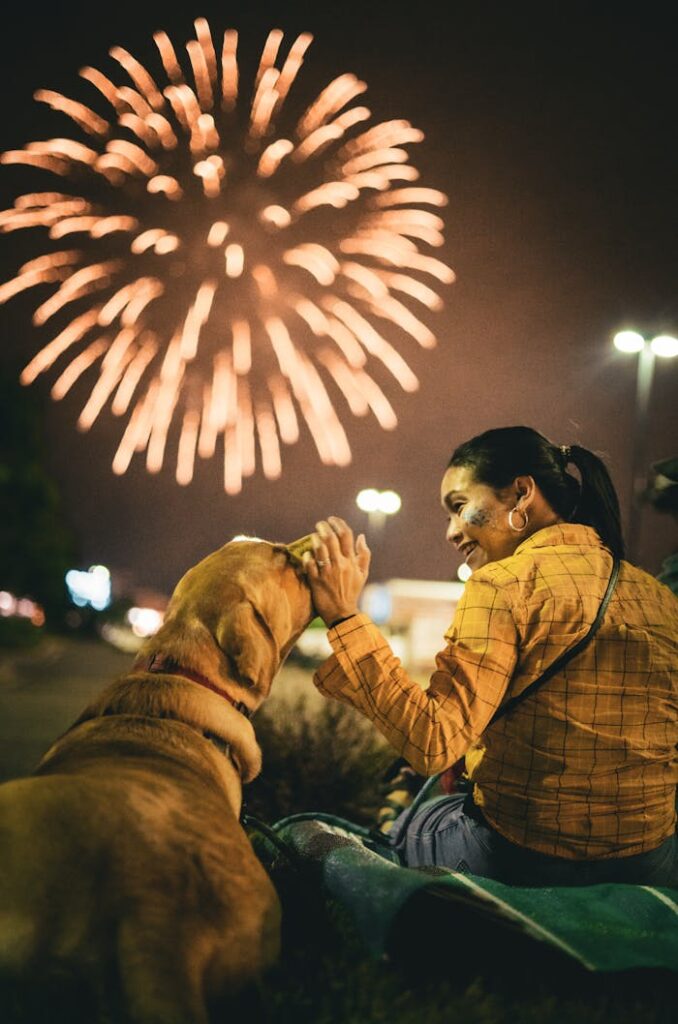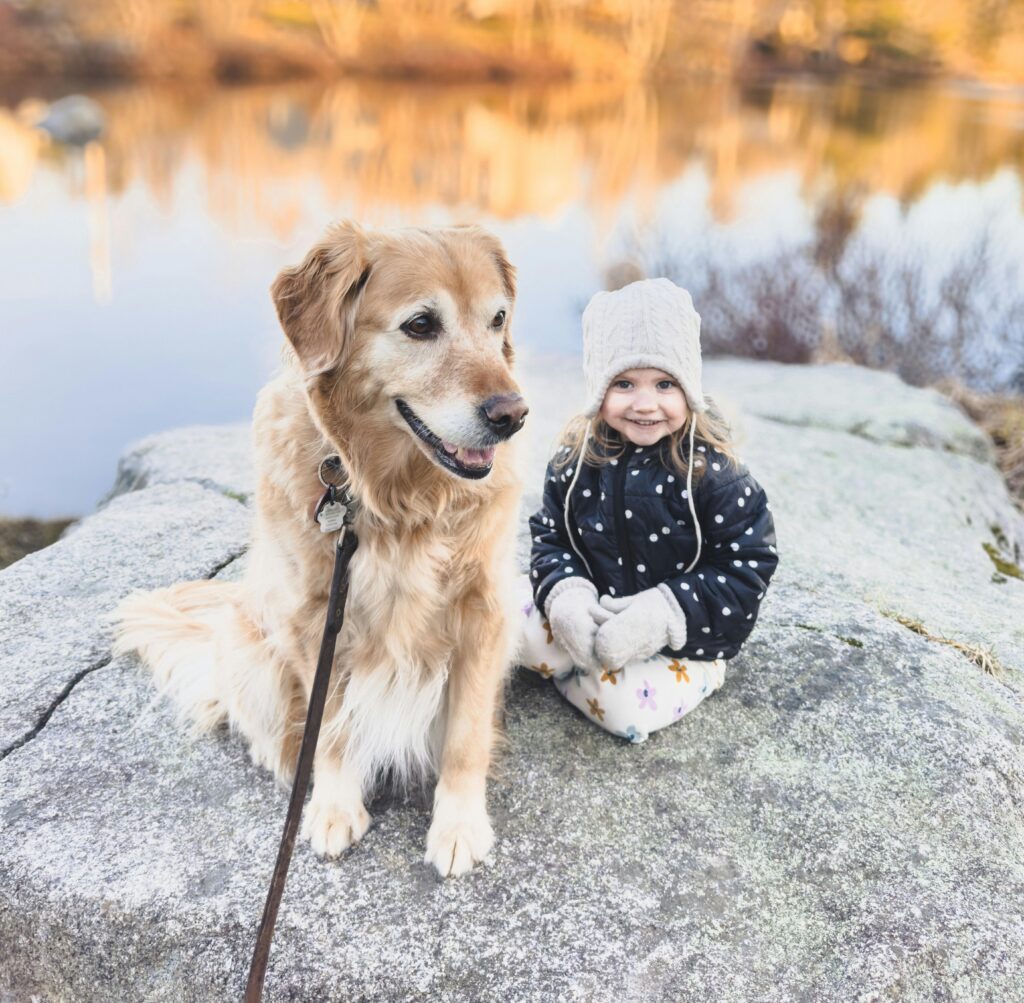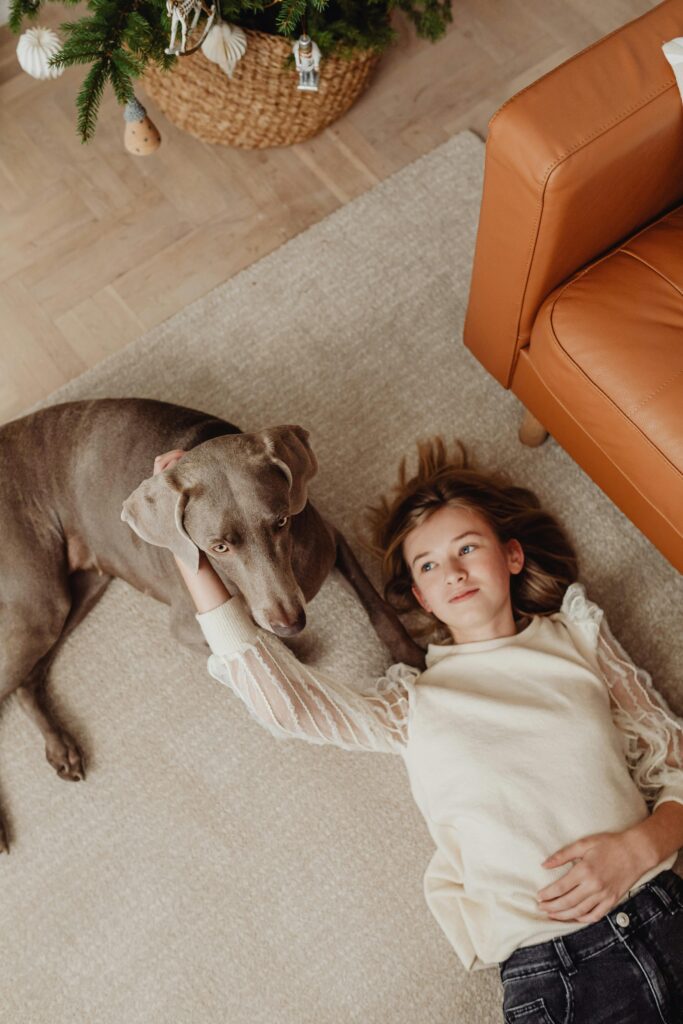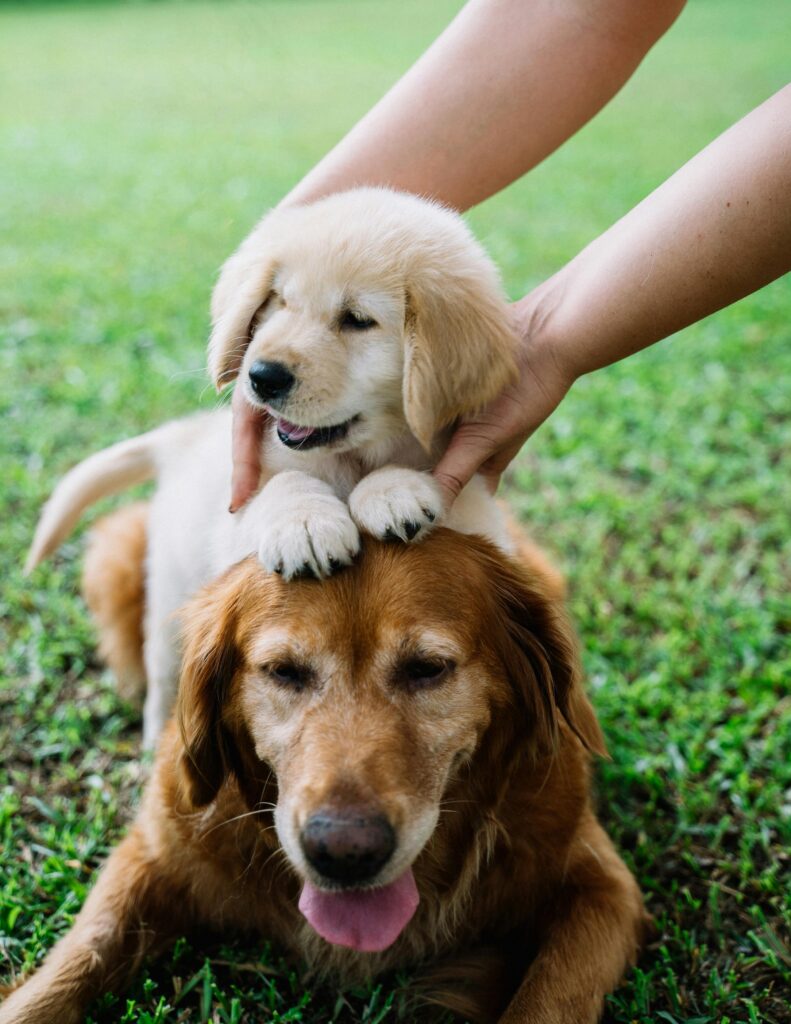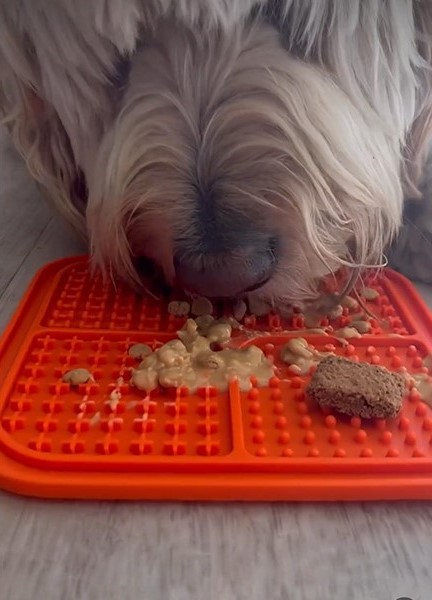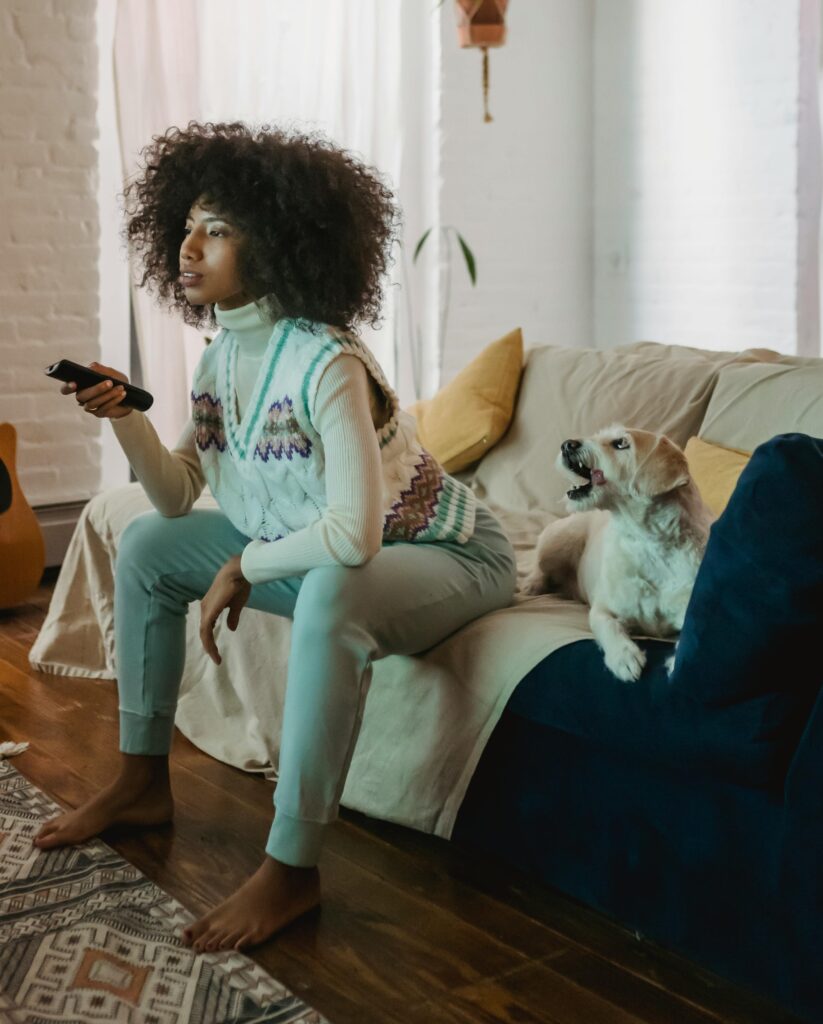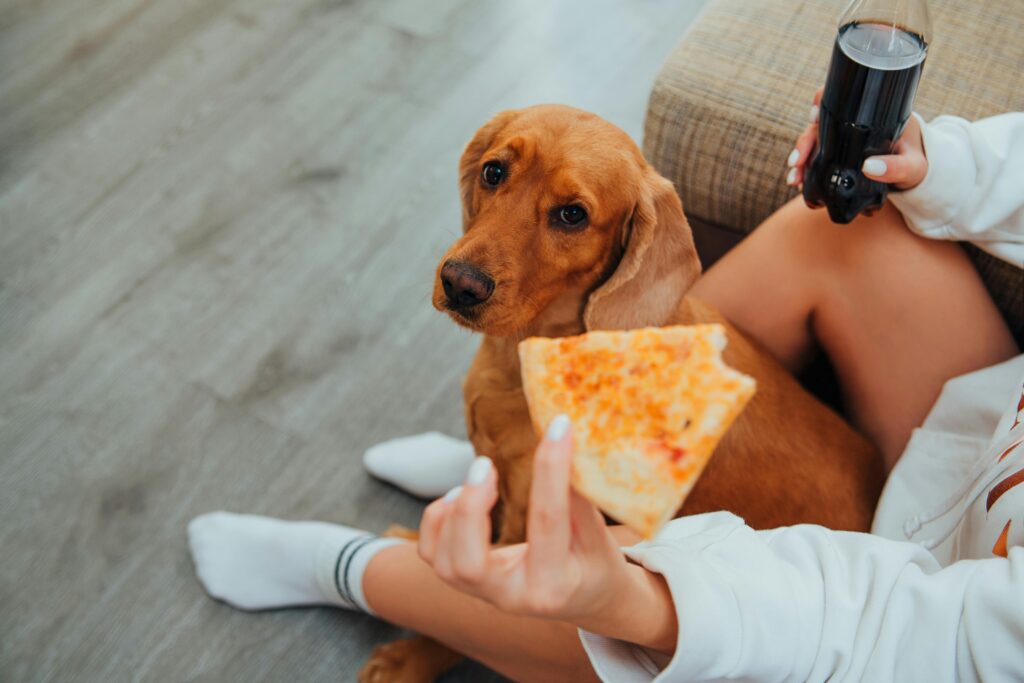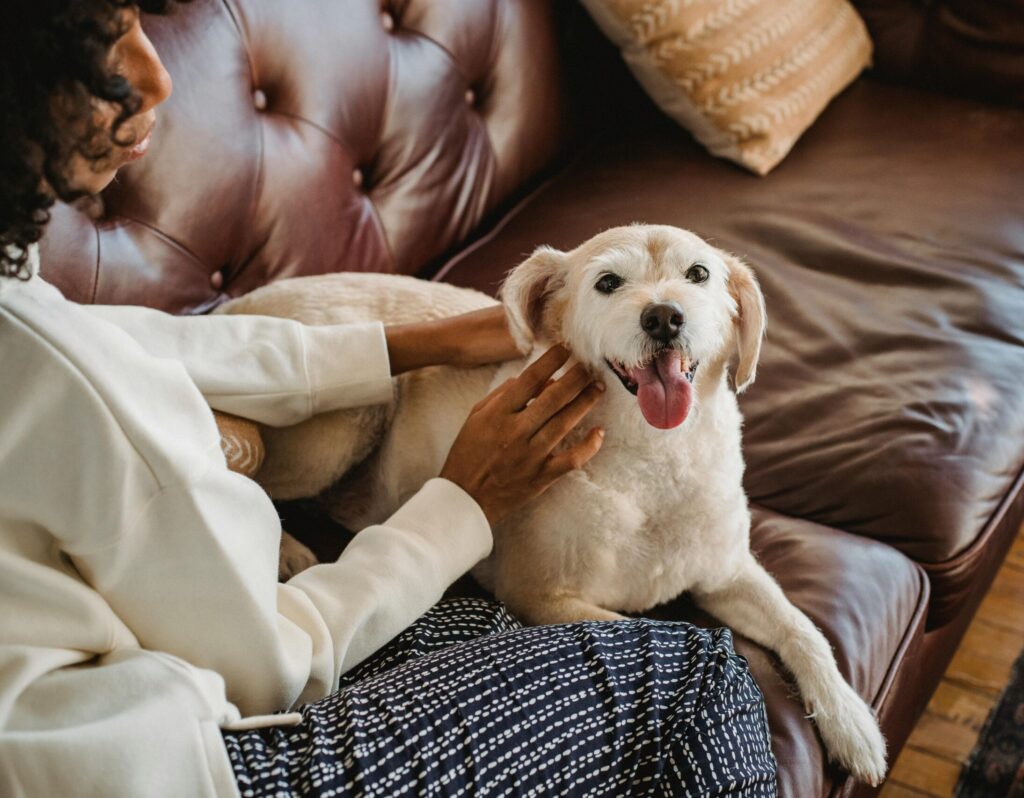Woof Woof! Help a Pup Pick the Perfect Father’s Day Gift for Their Dad!
Hey there, dogs of the world! Father’s Day is coming up on Sunday June 16th, and us pups want our Dads to feel super special. But what do you get the human who gives the best belly rubs, throws the most epic fetch sessions, and always shares their fries (well, sometimes)? Don’t worry, I’ve got some paw some ideas to help you sniff out the perfect present! Gifts for the Dog-Obsessed Dad: Matching Shirts or Sweaters: Let the world know your Dad’s your best bud with matching human-and-doggo tees or cozy sweaters. You can find some with funny slogans, cute paw prints or even a Hawaiian shirt personalized with your dogs face! Custom Dog Portrait: Dads love showing off their furry companions! A custom portrait captures your doggone good looks and makes a unique and thoughtful gift. This can be on a canvas or digital print to print at home. Dog Dad Mug: A classic for a reason! Help Dad fuel his coffee (or tea) obsession with a mug that declares his love for dogs or his favorite dog breed. Bonus points if it features your adorable face! Gifts for the Dad Who Needs Some “Me” Time: Subscription Box for Dog Lovers: Give Dad the gift of relaxation with a monthly box filled with dog walking essentials, grooming supplies, or even treats for him (not you…well, maybe a few to share!). Dog Training Session: Is your pup a bit of a handful? A professional training session can help Dad brush up on his skills and make walks in the park more enjoyable for everyone. Weekend Getaway Pet-Friendly Hotel: Sometimes Dads need a break too! Find a pet-friendly hotel and plan a relaxing weekend getaway for the whole family (including you, of course!) DIY Gifts from the Pup: Paw-painted Picture: Get creative with some non-toxic paint and your paws! There are kits that include directions to make your own paw masterpiece for Dad to hang on the wall. “Coupon Book” for Doggy Duties: Construction paper, some paw prints, and a little love can create a coupon book Dad can redeem for belly rubs, walks in the park, or extra playtime. Record a “Song”: Okay, this one might require some human help. But imagine the look on Dad’s face when he hears a recording of his favorite pup “singing” him a special song! Most Importantly, Show Your Love! No matter what gift you choose, remember that Dads love spending time with their furry best friends. Snuggle up for a movie night, go for an extra-long walk, plan a hike or just shower Dad with those puppy dog eyes – he’ll know just how much you appreciate him! Happy Father’s Day to all the Dog Dads out there! Woof!
Woof Woof! Help a Pup Pick the Perfect Father’s Day Gift for Their Dad! Read More »

